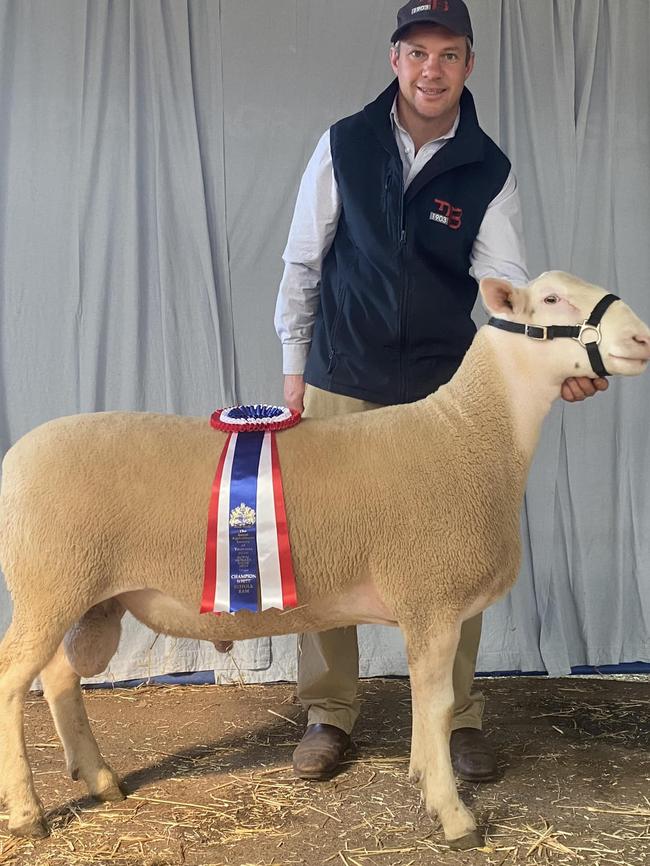Prime lamb producers seek out profit-driving traits
Prime lamb producers will investigate traits such as eating quality and intramuscular fat, while at the same time focusing on profit drivers.
Balancing money-making traits with other key market drivers, such as eating quality, is a balancing act for prime lamb producers.
At a genetic level, the industry is spoilt for choice in terms of measurement, with seed stock enthusiasts able to make selections based on data.
However, at the farmgate, profit still drives the decision-making process.

Composite prime lamb breeder Tony Rutter from Tarcutta in southern NSW has experience in several facets of the supply chain.
He started as a butcher, then became a lamb buyer, later ran a feedlot, and now specialises in producing seedstock genetics.
At the basic level, he said the most significant profit drivers for lamb producers are growth rates and twins.
“We need moderate-sized ewes that can have a set of twins,” he said.
Resistance to worms, which is heritable, was also crucial, as was market acceptance.
Mr Rutter said lambs, with no real credentials behind them could return a dressing percentage of 46.
With some improvement in genetics, that figure could easily be lifted to 53 per cent, resulting in an additional three kilograms.
“There is $20 right there, and at rates of 700c/kg, it’s important,” he said.
While the measurement of intramuscular fat is being talked about, and used by some processors, for lambs to follow suit with the cattle industry Mr Rutter said it wasn’t the easiest trait to chase.
“There isn’t much IMF in the meat breeds; it’s something we see in the wool sheep; for example, we could say the Merino is the Wagyu of the sheep industry,” he said.

Chris Badcock of Fairbank Prime Lamb Sires, Hagley, Tasmania said that lambs from his property had been used in eating-quality and IMF trials, and he was waiting for the data to come back.
He said it was an important metric for the prime lamb industry however, for now, growth rates were key.
“The big question from a commercial perspective is whether our clients will get paid for eating quality,” he said.
“We still get paid for growth and muscle and fat, and they are the biggest key traits that we should focus on.”
Mr Badcock runs Poll Dorsets, South Downs, White Suffolks and UltraWhites and he said one of the reasons for having various breeds was so they could focus on different traits.
“We can cover the whole sector,” he said.

VFF livestock group president Scott Young, from Ballan in western Victoria, said the biggest challenge for producers was the cost of production.
“At the end of the day, the focus is on more kilograms per hectare at a lower cost,” he said.
Mr Young said people in the prime lamb industry will look for ways to maximise their profits.




